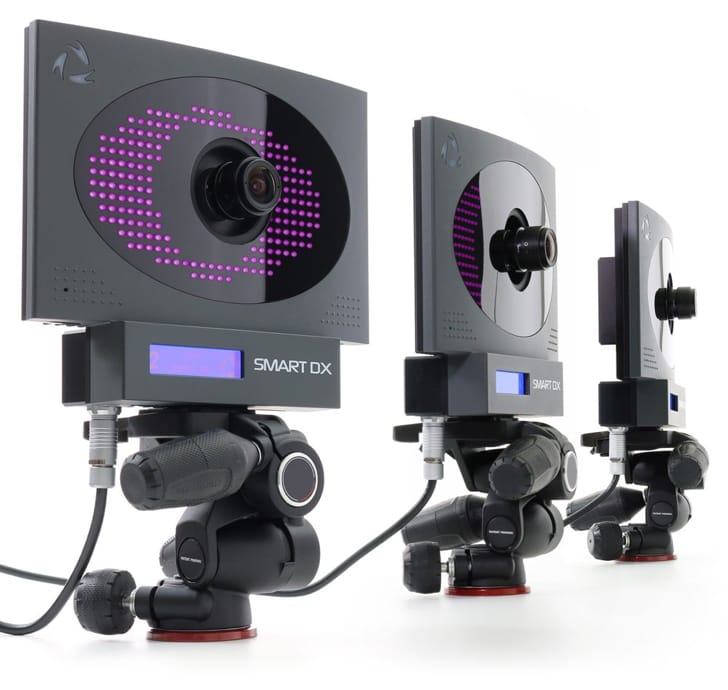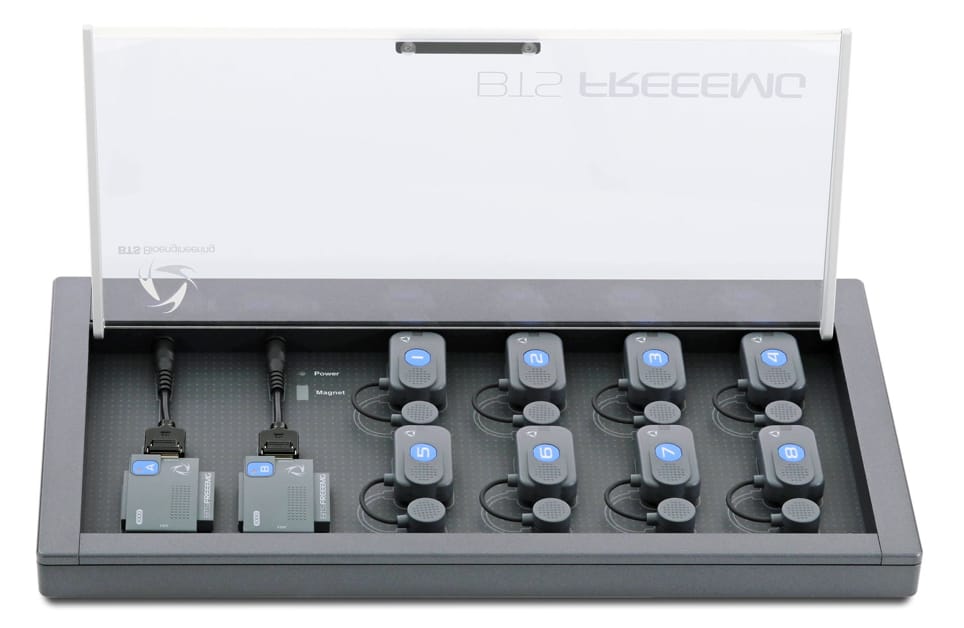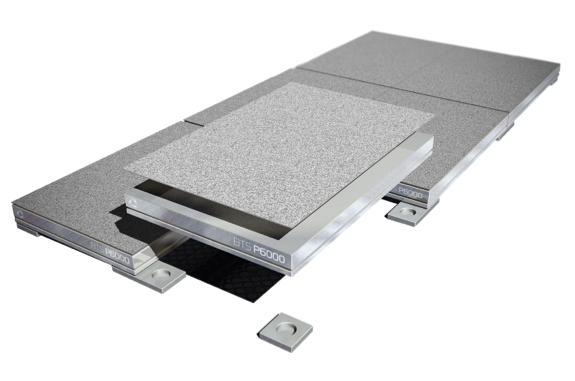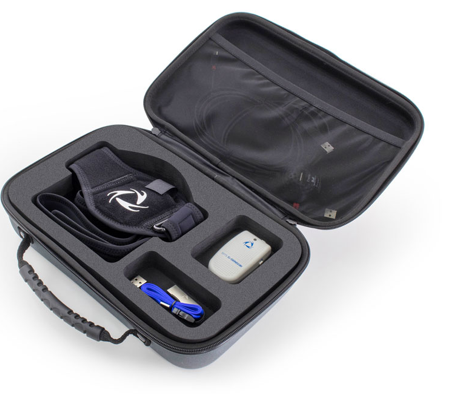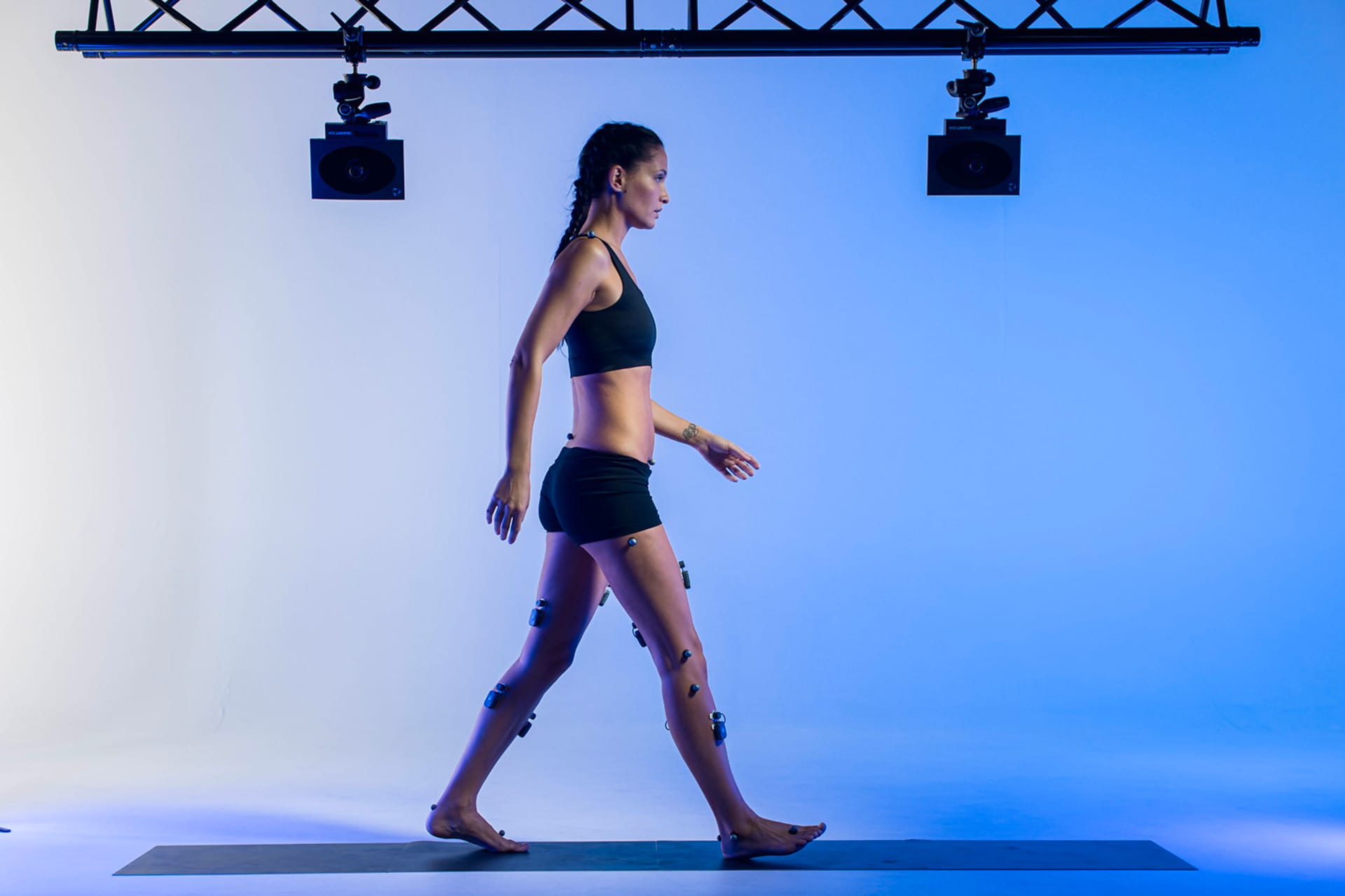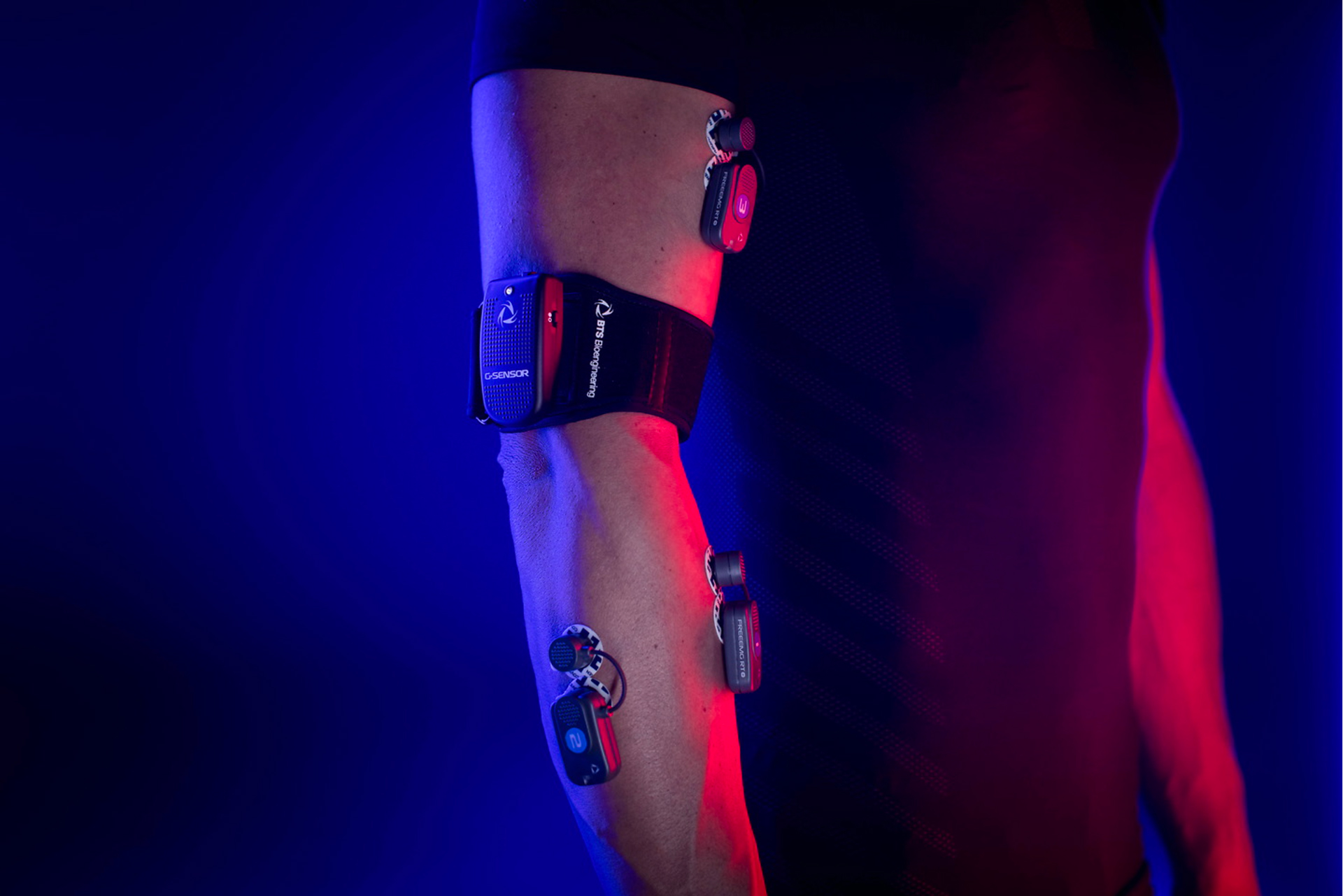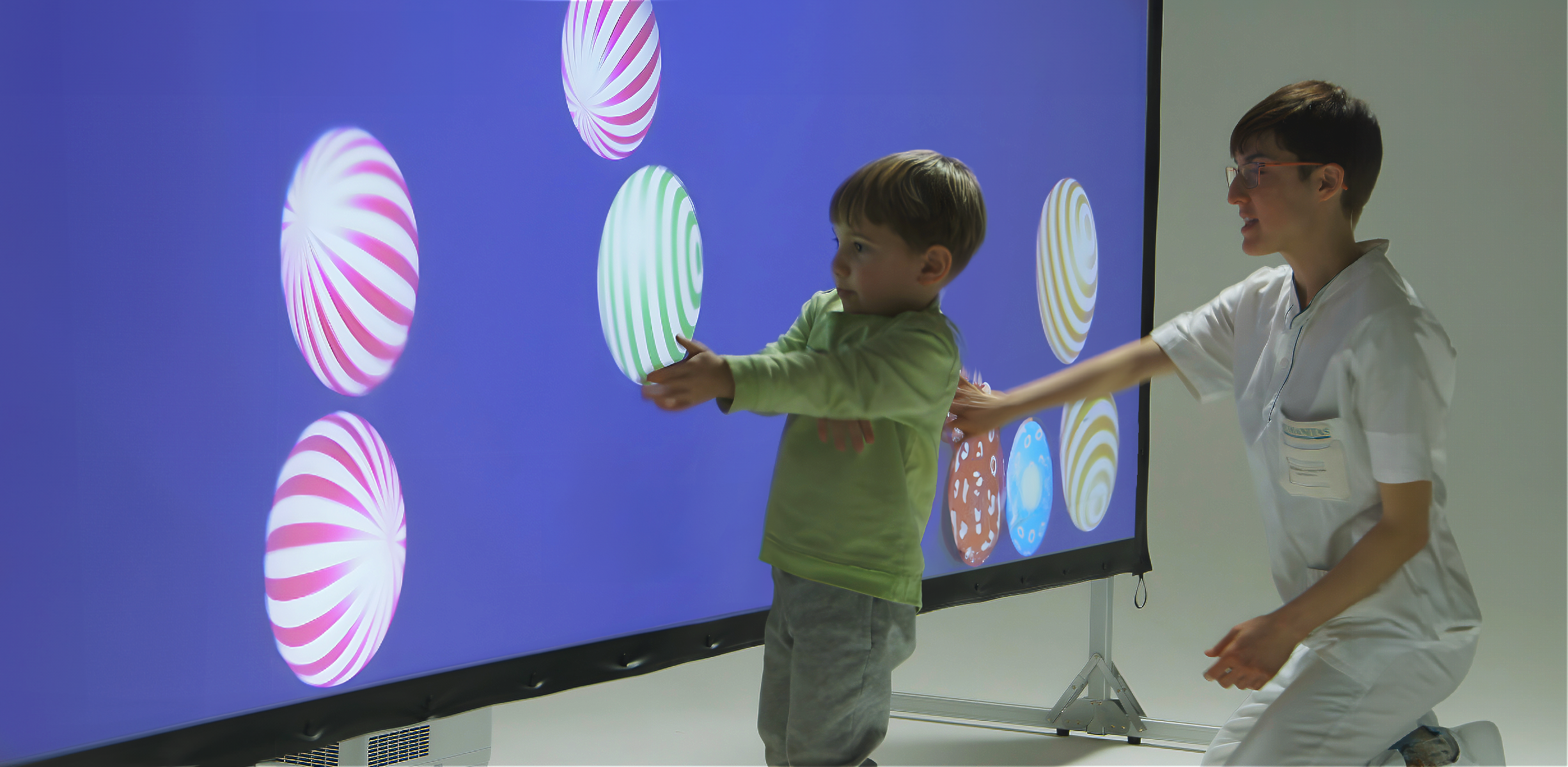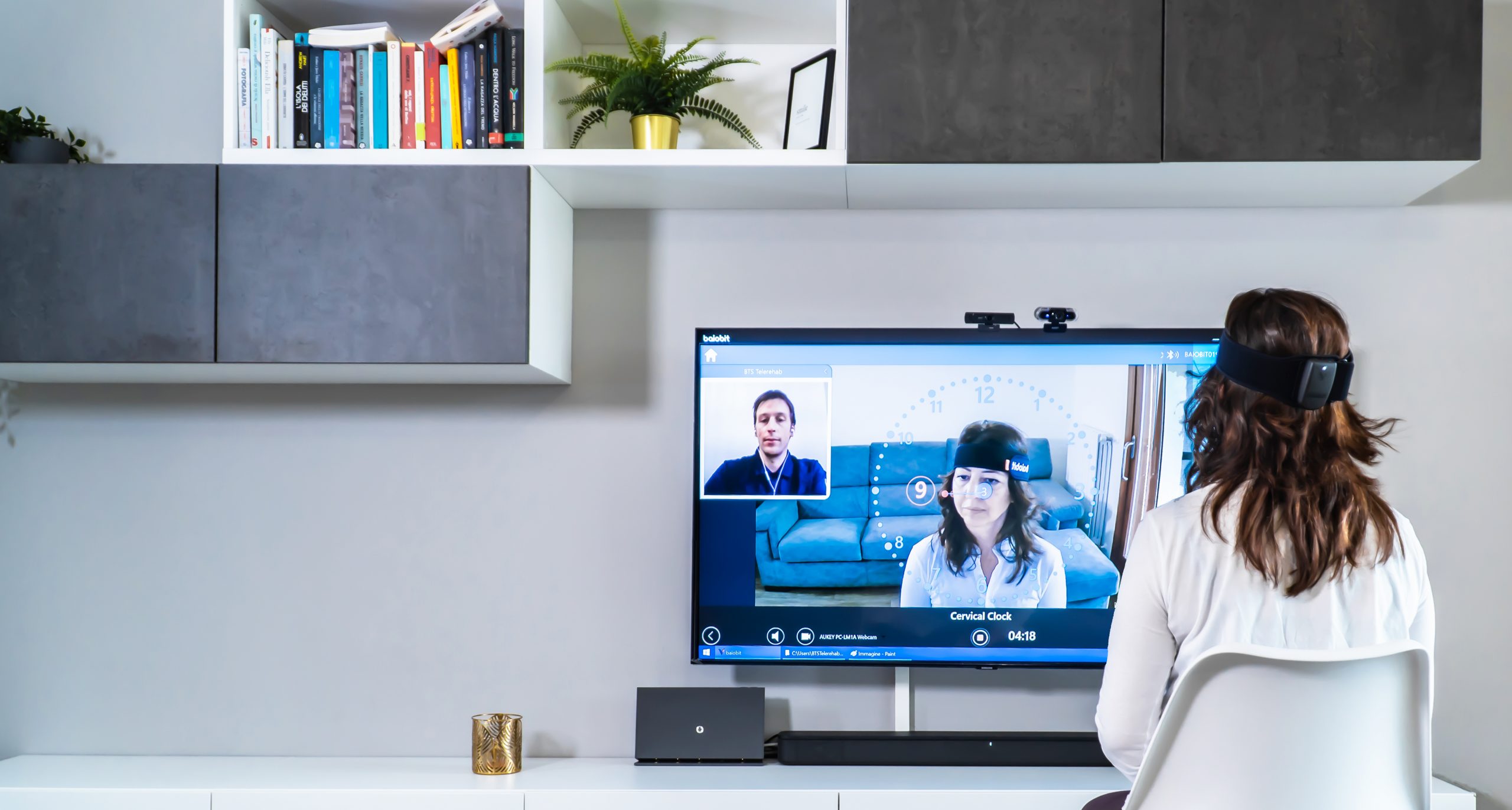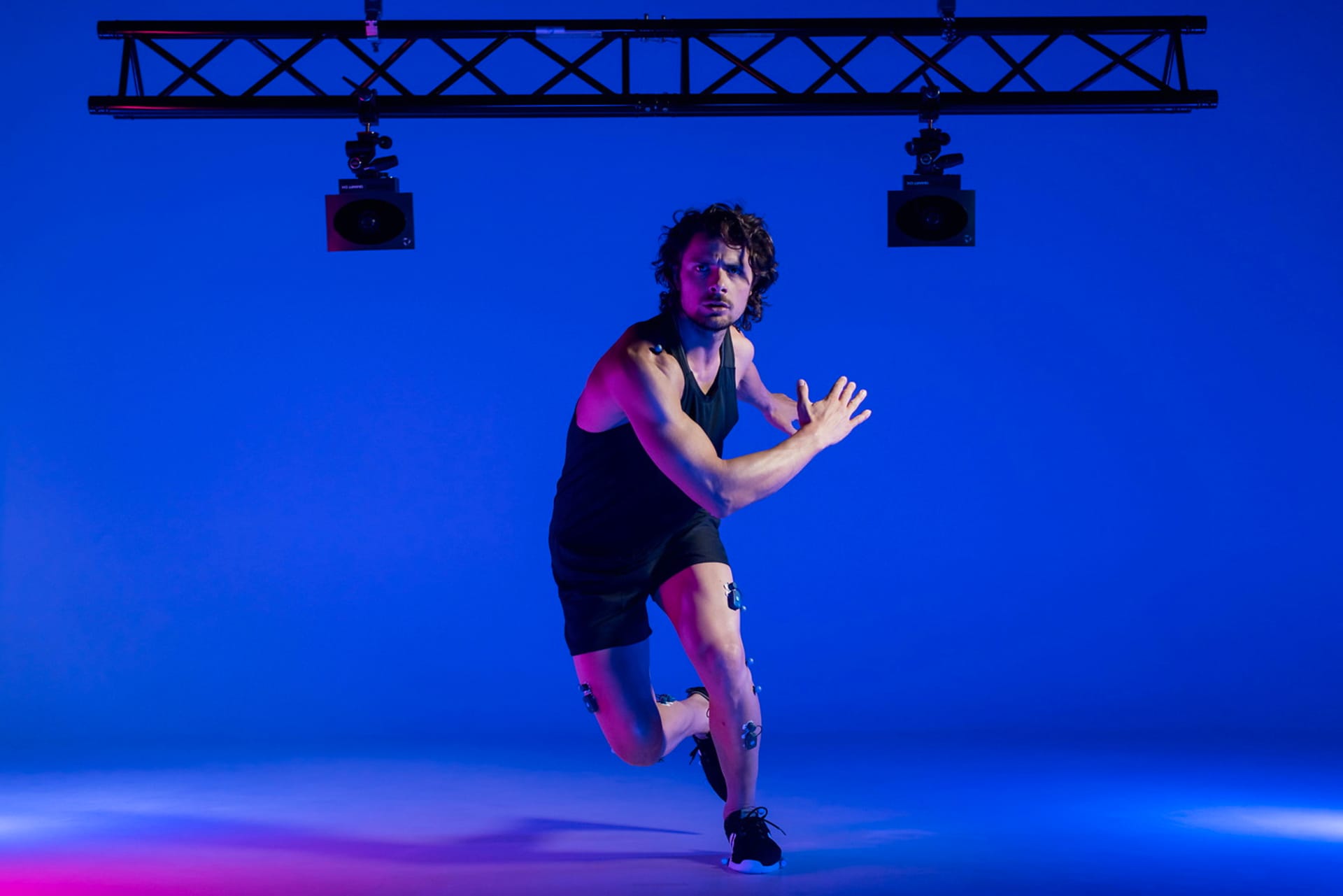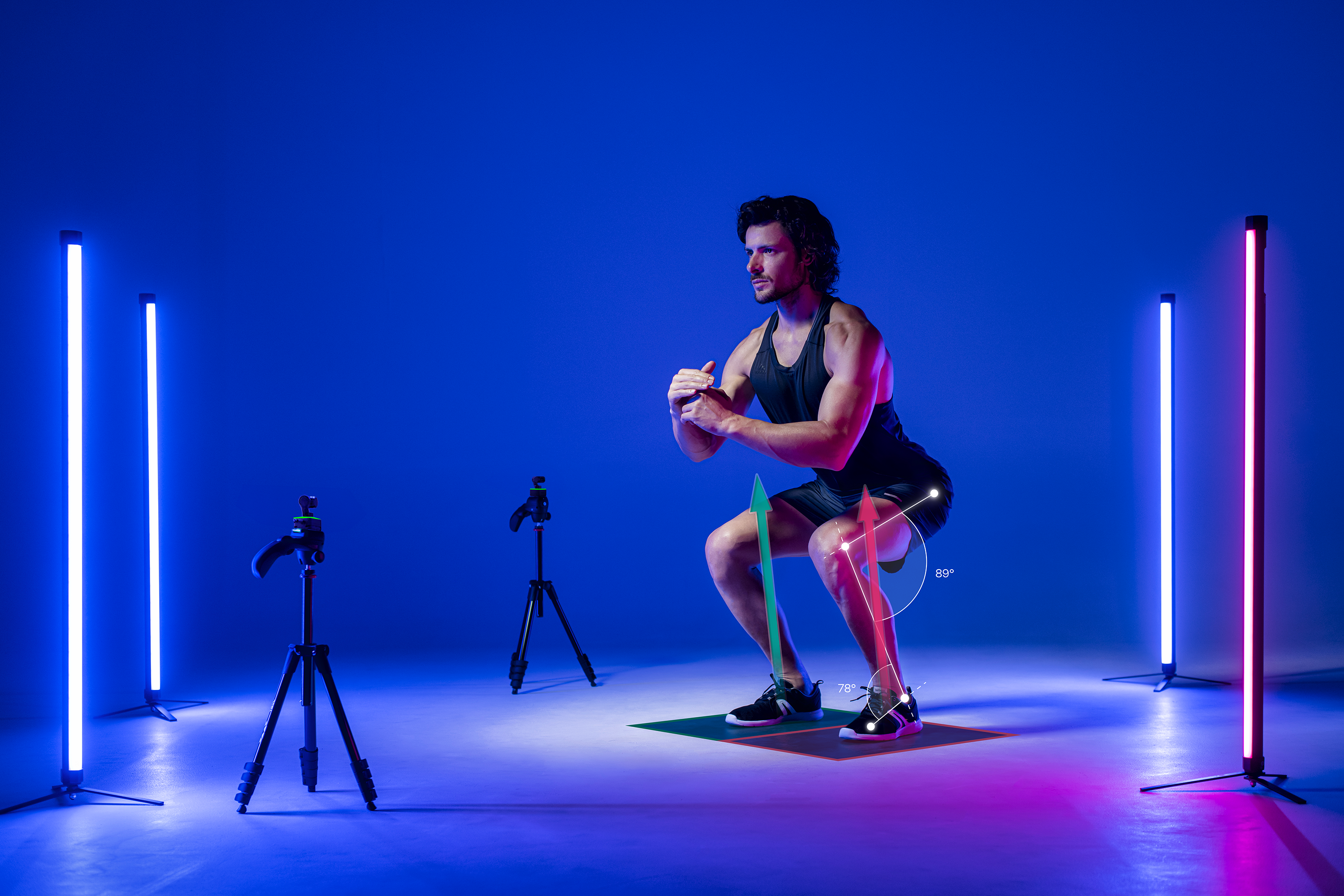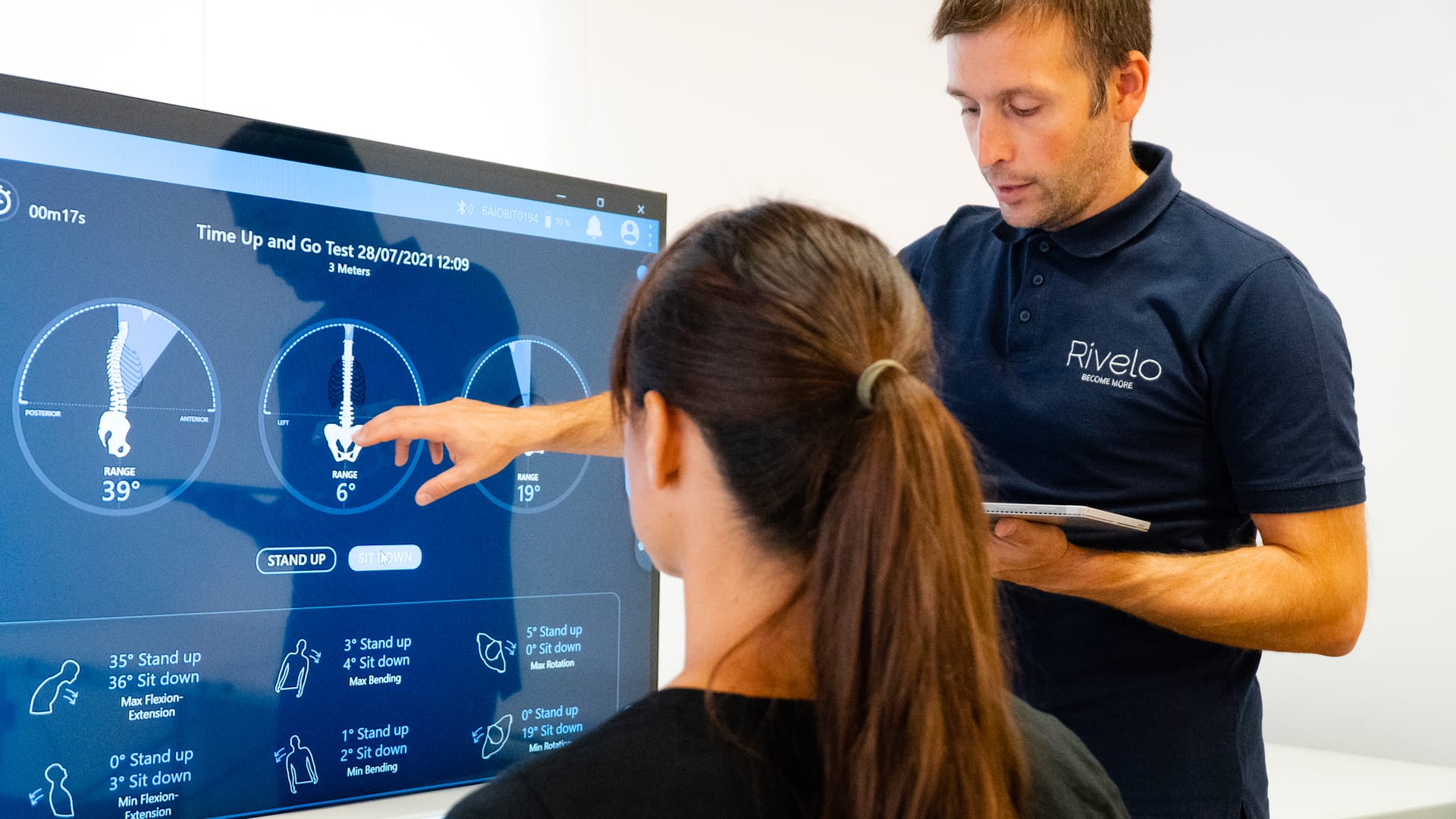The evaluation of hypokinetic dysarthria in Parkinson's disease through telerehabilitation: analysis of the literature and study protocol

AUTHOR: Marta Francisca Corrà, Ph.D.
This study, conducted by the University of Pavia together with the Mondino Foundation and BTS Bioengineering, aims to develop an innovative methodology for the speech therapy evaluation of dysarthria via telerehabilitation, in order to guarantee continuity and coherence in the treatment process of patients with neurological disorders, even remotely.
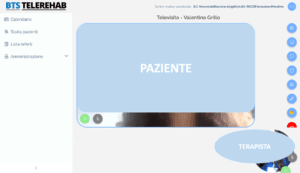
Telerehabilitation represents a fundamental opportunity to improve access to speech therapy services, especially for those patients with motor difficulties who have limited access to healthcare facilities. However, little attention has been paid so far to its application in the field of speech therapy for patients with dysarthria.
In the preliminary phase of the study, bibliographic research was conducted to identify the most used clinical tests for the evaluation of dysarthria. Two main tools were selected: the Robertson Dysarthria Assessment Profile, a detailed test that analyses aspects such as vocalization, voice quality, articulation and rhythm of speech; and the Dysarthria Self-Assessment Questionnaire, which measures the impact of dysarthria problems on patients’ daily lives and their ability to communicate. Both tests have been digitized and integrated into the “BTS Telerehab” telerehabilitation platform, making them easily accessible to speech therapists.
The second phase of the study involves the validation of these tools on a sample of 20 participants, divided between healthy subjects and patients with Parkinson’s disease or atypical parkinsonism with certified dysarthria. The tests will be administered both in person and remotely, via the digital platform.
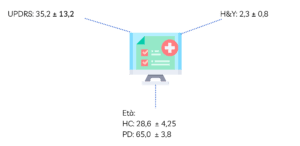
The first results indicate that the selected tests are suitable for administration in telerehabilitation mode and digitalization has made it easier for professionals to access and use the tools. The implementation of telerehabilitation for dysarthria can offer continuous and personalized support to patients with neurological disabilities, facilitating access to speech therapy services. In the future, the digitalization of further tests and questionnaires is expected to expand the range of neurological symptoms that can be evaluated remotely, thanks to the collaboration between the University of Pavia, the Mondino Foundation and BTS Bioengineering.
Bibliography
Whelan BM, Theodoros D, Cahill L, Vaezipour A, Vogel AP, Finch E, Farrell A, Cardell E. Feasibility of a Telerehabilitation Adaptation of the Be Clear Speech Treatment Program for Non-Progressive Dysarthria. Brain Sci. 2022 Jan 31;12(2):197. doi: 10.3390/brainsci12020197. PMID: 35203960; PMCID: PMC8870717.
Cantagallo A, La Porta F, Abenante L, Bergonzoni A, Giannone C, D’Altri S, Ghiselli G. La valutazione della disartria: il Profilo Robertson ed il Questionario di autovalutazione (Italian). Societa Italiana di Foniatria e Logopedia, 246-261 ; 2006
